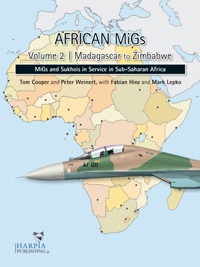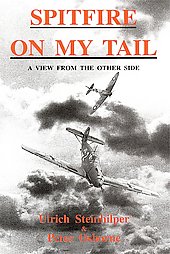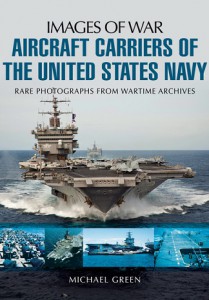I already own several of these “Images of War” books and what is nice about the series as a whole is the format; slightly smaller than A4, aromatic paper, and easily digestible information in bite-sized chunks.
This book – as the name implies – concerns aircraft carriers. It details in four chapters the development of these ships throughout the previous and current centuries; pre-WW II, during, post-WW II, and into the age of the nuclear powered aircraft carrier. Each chapter begins with a short explanation of the developments of that era followed by annotated photographs. Essentially I would say it is a photo book.
Perhaps you expect it was the Americans who pioneered the building of these ships, but in fact it were the British who first experimented with this concept in 1916 from atop an unfinished Italian ocean liner. The ship, HMS Argus, had a deck length of 565 feet (approximately 180 meters). The US Navy followed these developments closely and in 1918 it was decided to build six aircraft carriers over the following six years. Although a bold statement, the plans were later scrapped when the necessity of these vessels was called into question. Ultimately, in 1919 the decision was made to convert a single aging coal barge into an aircraft carrier. The vessel would launch in 1922 and was christened the USS Langley (CV-1). ‘USS’ meaning ‘United States Ship’ and ‘CV’ denoting ‘conventionally-powered.’ There are also some variants of the CV-code vessels, such as the CVA (attack aircraft carrier) and the CVB (large aircraft carrier). Ultimately, to date, some 70 aircraft carriers have been built and there are plans for the commission of several new carriers. The number of man-hours invested must be staggering.
Throughout his book, Michael Green explains how these vessels were built and developed, and provides technical specifications where necessary. The amount of detail is spot on – not too little, not too much. The book contains several hundred photographs – most black and white. This seems only natural as much of the history of the carrier dates back to the time of black and white photography, but even so one might expect a greater number of full-colour images. Personally, I find the most striking pictures those of the Japanese kamikaze attacks during WW II. The development of these ships into the modern era and the crucial role they play in the political relations is impressive.











Leave a Reply